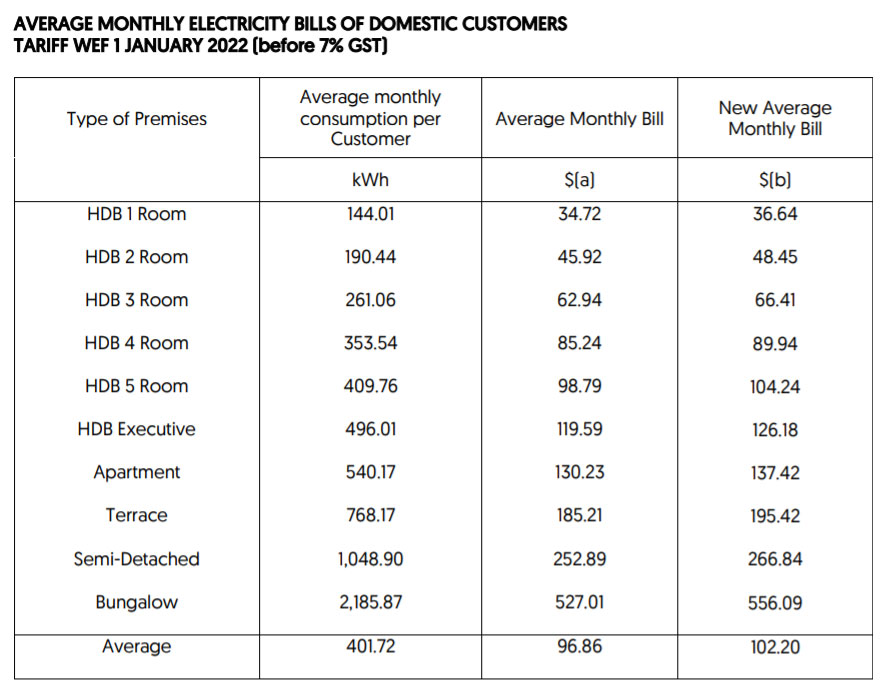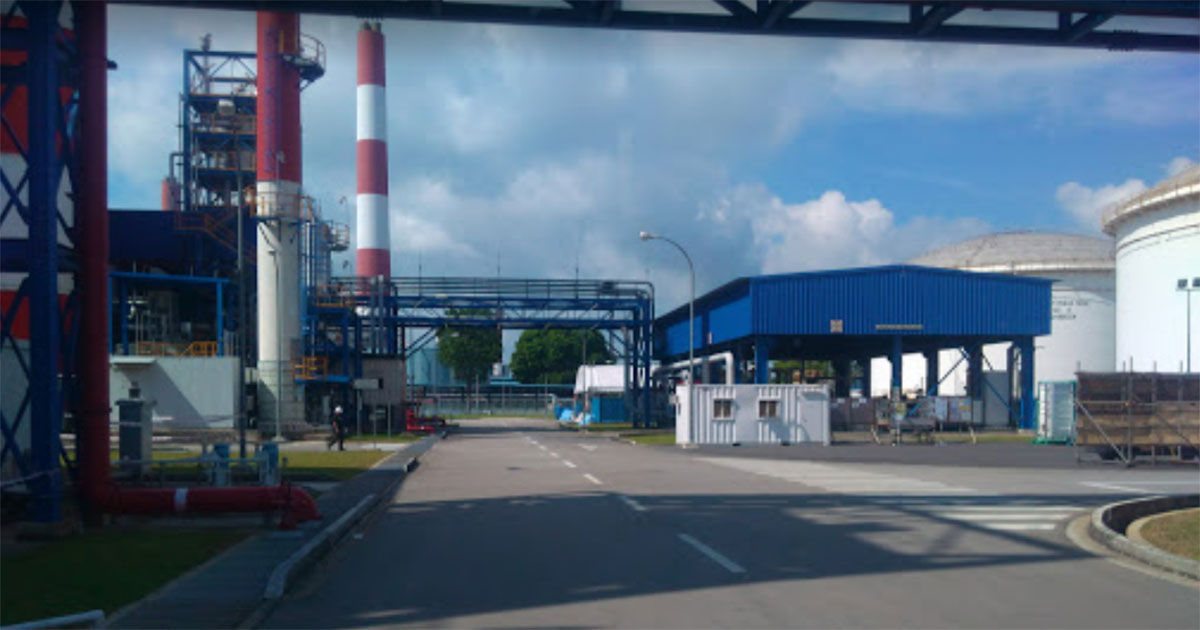Follow us on Telegram for the latest updates: https://t.me/mothershipsg
The electricity tariff for households will increase by an average of 5.6 per cent from January to March 2022 compared to the last quarter.
This is the fourth consecutive quarter of increase.
There was a decrease in the January to March 2021 quarter.
The rise is due to higher fuel costs, SP Group said on Dec. 30.
How much more?
The tariff for households will go up from 24.11 cents to 25.44 cents per kWh for the quarter ending Mar. 31, 2022, before factoring in Goods and Services Tax (GST).
The rate will be 27.22 cents per kWh with GST.
In monetary terms, the average monthly electricity bill for four-room Housing Board flats will increase by S$4.70 before GST.

Dependence on imported natural gas
SP Group attributed the rise in prices to Singapore's dependence on generating electricity using imported natural gas with prices indexed to oil prices.
Around 95 per cent of Singapore’s electricity is generated using imported natural gas.
Over the past few months, a confluence of recovering economic activity, severe weather events, and a series of gas production outages have sent global energy market prices significantly higher, SP Group said.
These factors have raised electricity prices in many markets
What makes up electricity tariff?
Electricity tariffs every quarter are reviewed by SP Group based on guidelines set by the Energy Market Authority (EMA).
Four components make up the electricity tariff.
The energy costs component is adjusted quarterly to reflect changes in the cost of fuel and power generation, which is paid to generation companies, SP Group said.
The fuel cost is the cost of imported natural gas that is linked to oil prices by commercial contracts.
The cost of power generation mainly covers the costs of operating the power stations, such as the manpower and maintenance costs, as well as the capital cost of the stations.
Another component is the network costs and market support services fees paid to SP Group.
There is also the market administration and power system operation fees paid to the energy market company and power system operator.
Top photo via
Follow and listen to our podcast here
If you like what you read, follow us on Facebook, Instagram, Twitter and Telegram to get the latest updates.
